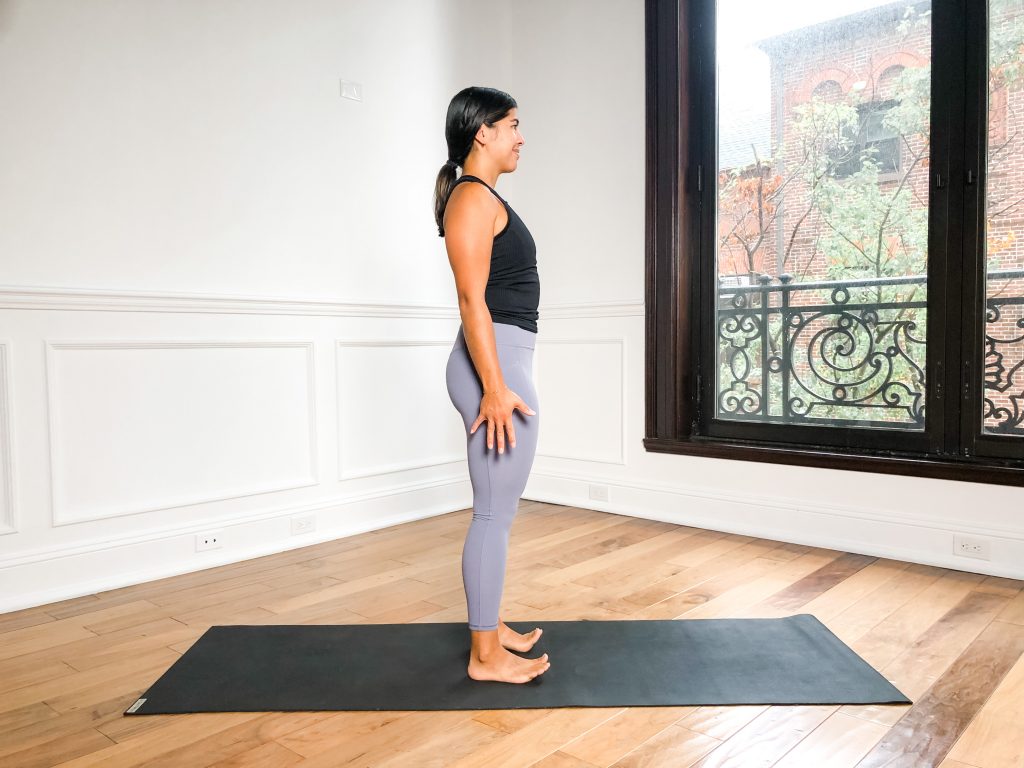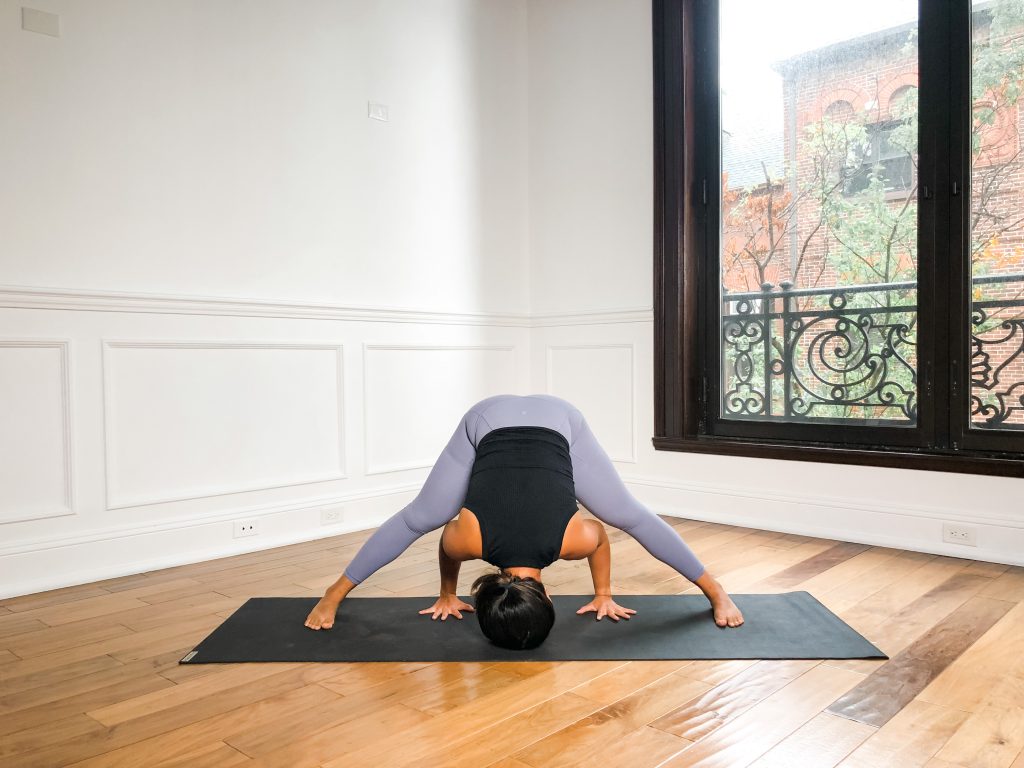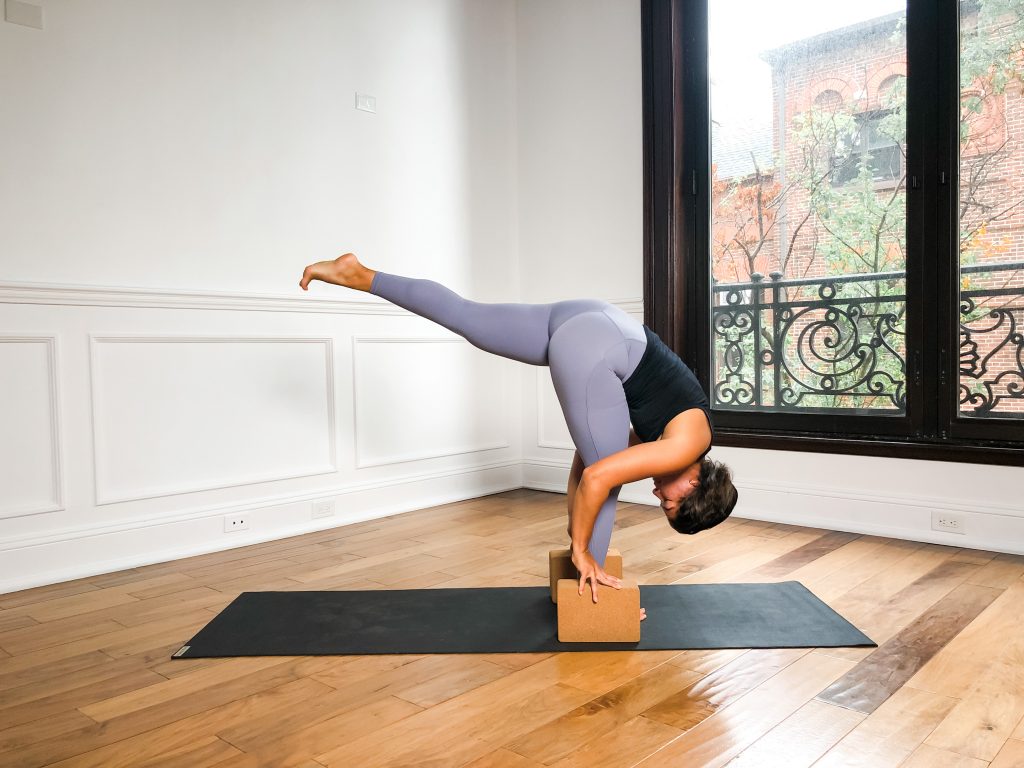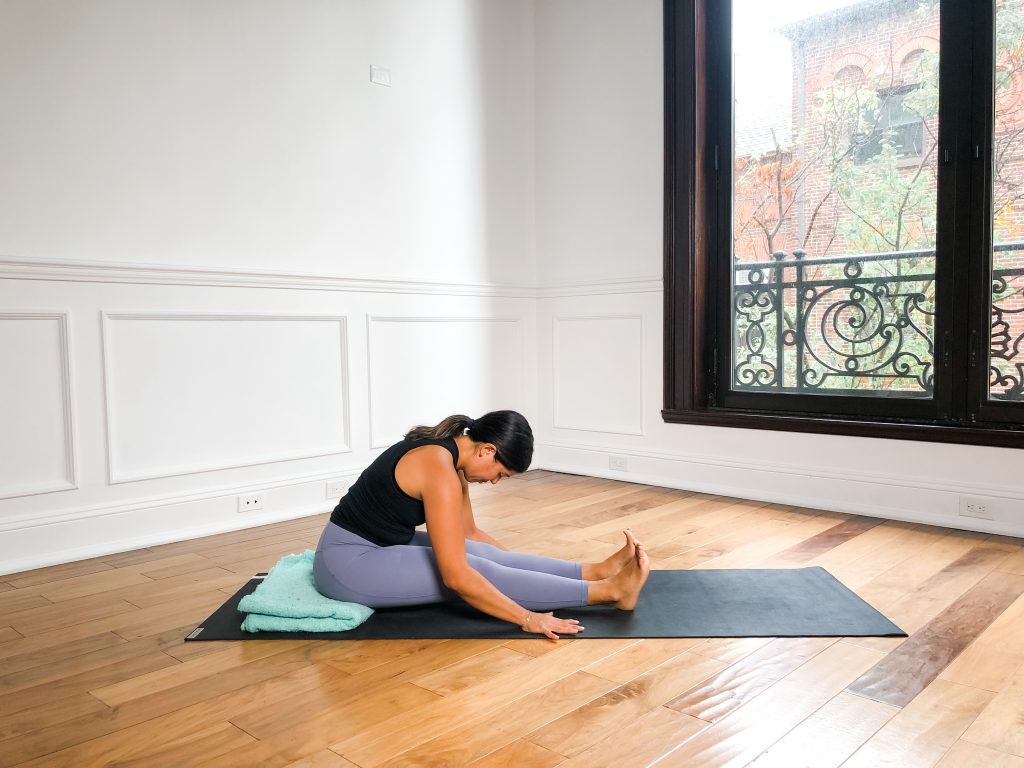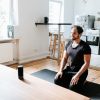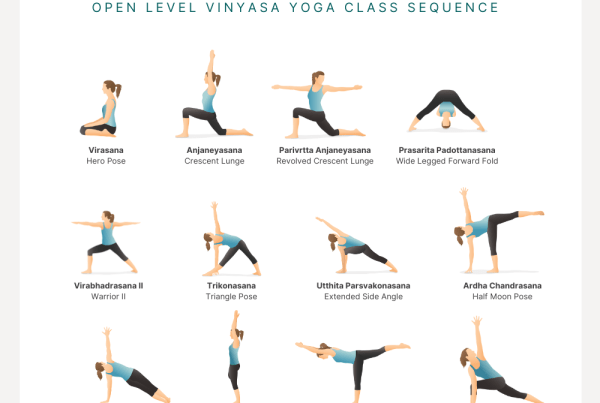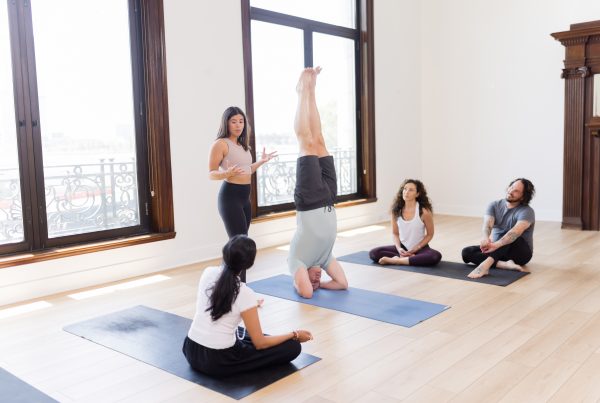
If there’s one thing that is a constant in life, it’s the fact that there is change. Change occurs from season to season, day to day, moment to moment. We experience change as we move from one chapter of life to another, and when we decide to move away from something that no longer suits us.
Whether change is imposed on us by an outside force or whether we impose it on ourselves, change can be quite uncomfortable. Take leaving a job as an example — We may hate our job, get annoyed with our co-workers, and despise our boss, but our job is still familiar to us. It’s the same thing with breakups and old habits that we wish to break.
Change shakes things up and pushes us outside of our comfort zones…sometimes WAY outside of our comfort zones.
But because change is a constant of life (we will age, we will lose people in our lives, we will experience heartbreak, and we will most likely not work in the same place for our entire lives), the task at hand is not stopping change but instead learning how to deal with change.
Change is actually a launch pad to further knowledge of self and anything outside of ourselves. If things never changed, we would never change.
Through a consistent asana practice, it’s quite easy to detect change occurring in the body. Your practice evolves from the day you begin and you might even feel quite different at the end of class compared to the beginning of class.
To really detect change and to allow the teachings of the practice to resonate, it’s important to always come back to the self. In this way, we give ourselves the opportunity to re-ground as we move forward from our mats and in life.
Mountain Pose (Tadasana)
How to:
- Stand at the top of your mat with your feet and legs together and your arms by your side (palms facing your thighs).
- Lift and spread your toes, lift your kneecaps, and tone the fronts of your thighs.
- Ensure your shoulders are stacked above your pelvis and the head above the heart.
- If you can maintain integrity through your legs, lower your toes…but we’ll see very active feet in our peak posture.
Wide Leg Forward Fold (Prasarita Padottanasana)
How to:
- Face a long edge of your mat with parallel feet that are about 3 feet apart from one another.
- Lift and spread your toes, lift your kneecaps, and tone the fronts of your thighs.
- Press the roots of your thighs back and lift the sit bones up as you fold your torso at the hip.
- Bring your hands to the floor between your feet, bend your elbows, and bring the crown of the head down.
*Folding with wider legs can be more accessible for many folks!
Standing Split (Urdhva Prasarita Eka Padasana)
How to:
- Start in warrior 3 with two straight legs and arms in any variation.
- Lift your kneecaps, tone the fronts of your thighs, and fold at the hip of the standing leg.
- Bring your hands down to the ground (or blocks) directly framing the foot on the floor (as opposed to being in front of the foot as you’d see in supported warrior III).
- Use your exhales to bring your nose to your knee and your top leg to the sky.
- Try to keep your top leg internally rotating and your hips more or less squared off.
Finally, our peak pose: Intense Stretch to the West (Paschimottanasana)
How to:
- Sit on your mat with your legs extended and together to the front of the room.
- Spread your toes, reach the balls of your feet forward, lift the kneecaps, and tone the fronts of your thighs.
- Press the roots of your thighs down and rotate your sitting bones towards the back of the room as you fold your torso forward over the legs.
- Try to keep a straight spine as you fold and bring your hands to your feet.
- Keep working your chest forward and allow your head to bow.
- A folded blanket beneath your seat helps to put the pelvis into the anterior rotation necessary for this posture.
*Variations: bend the legs (while maintaining integrity of the legs); widen your legs; bring a prop underneath your torso for support.


